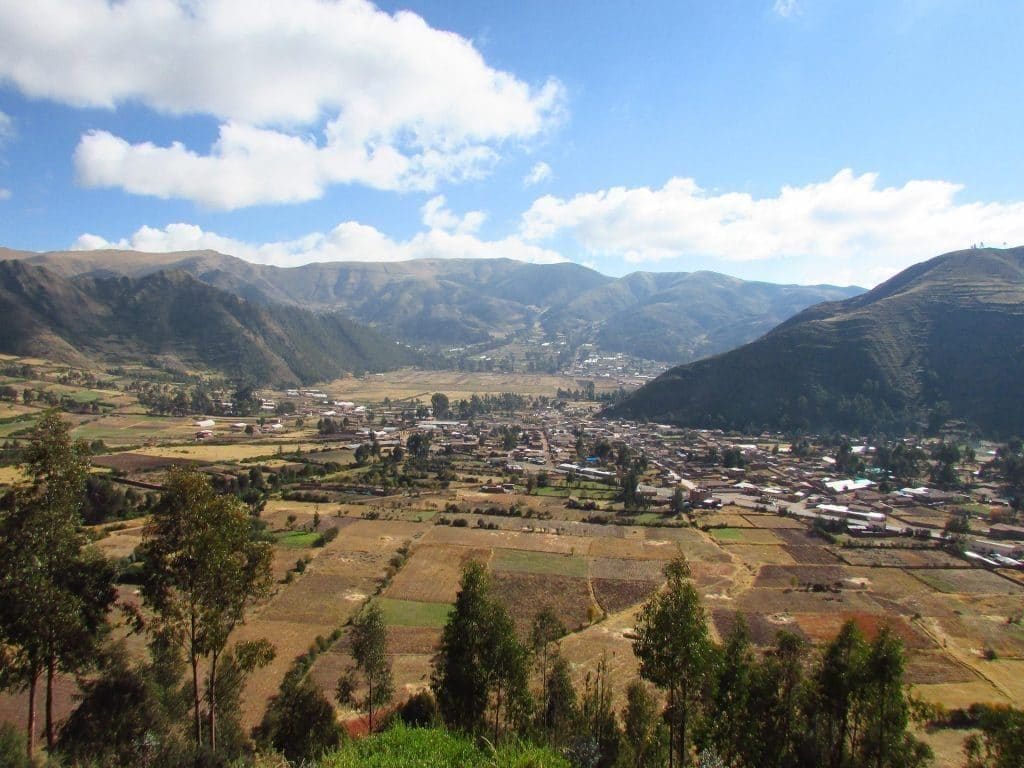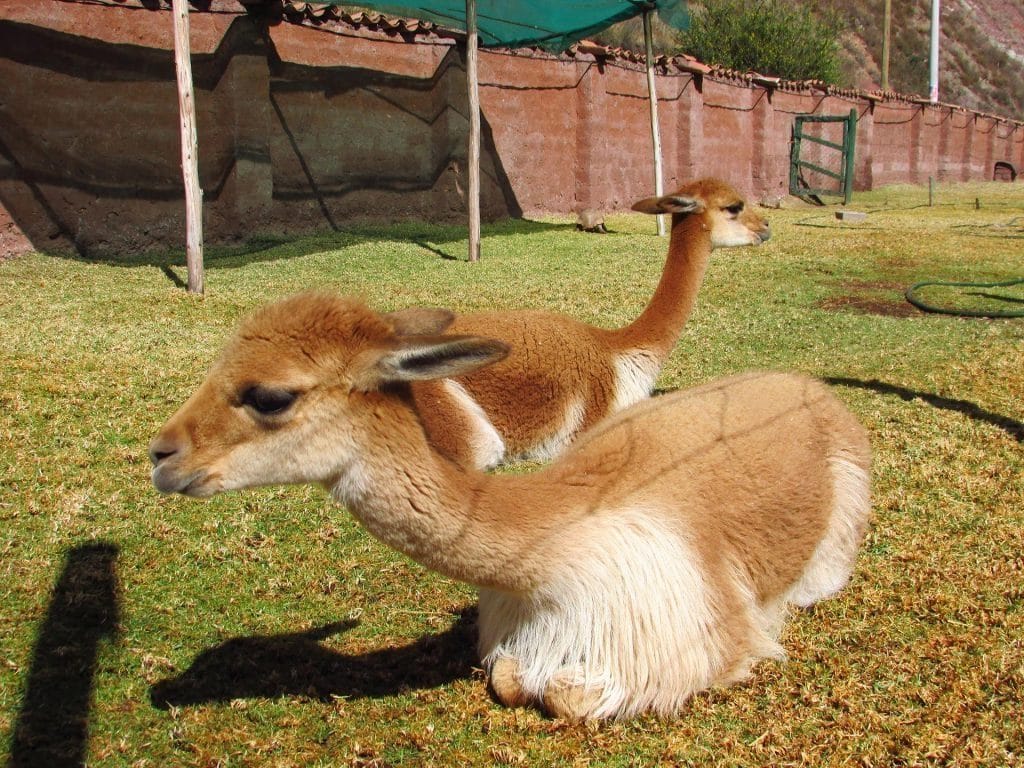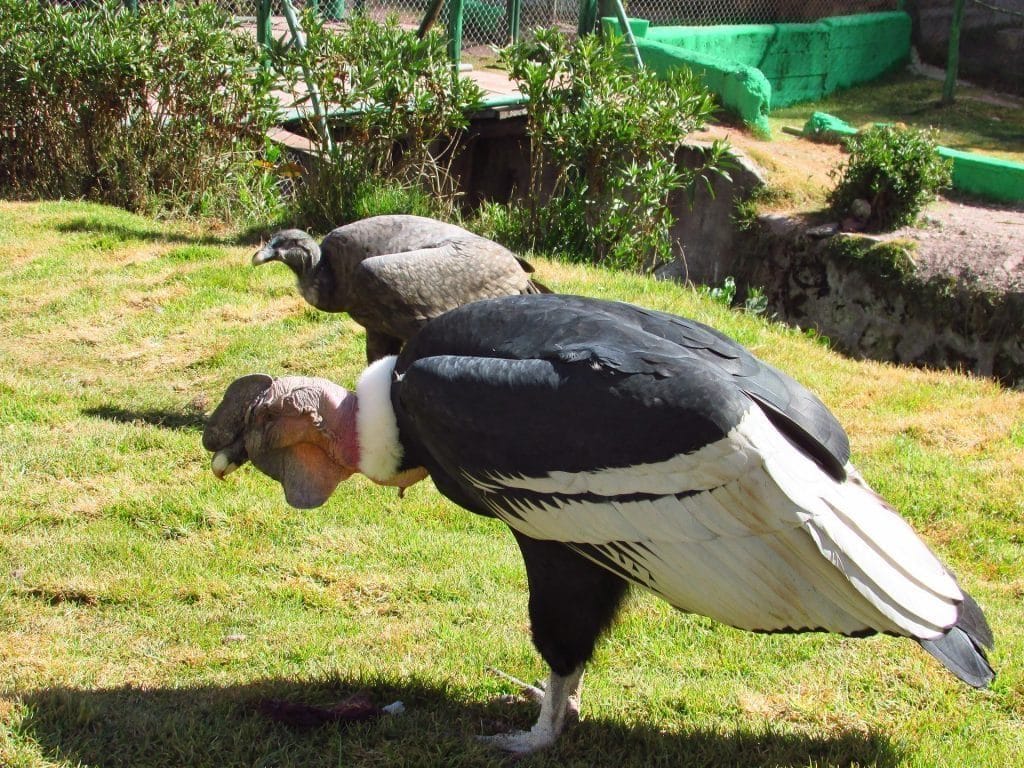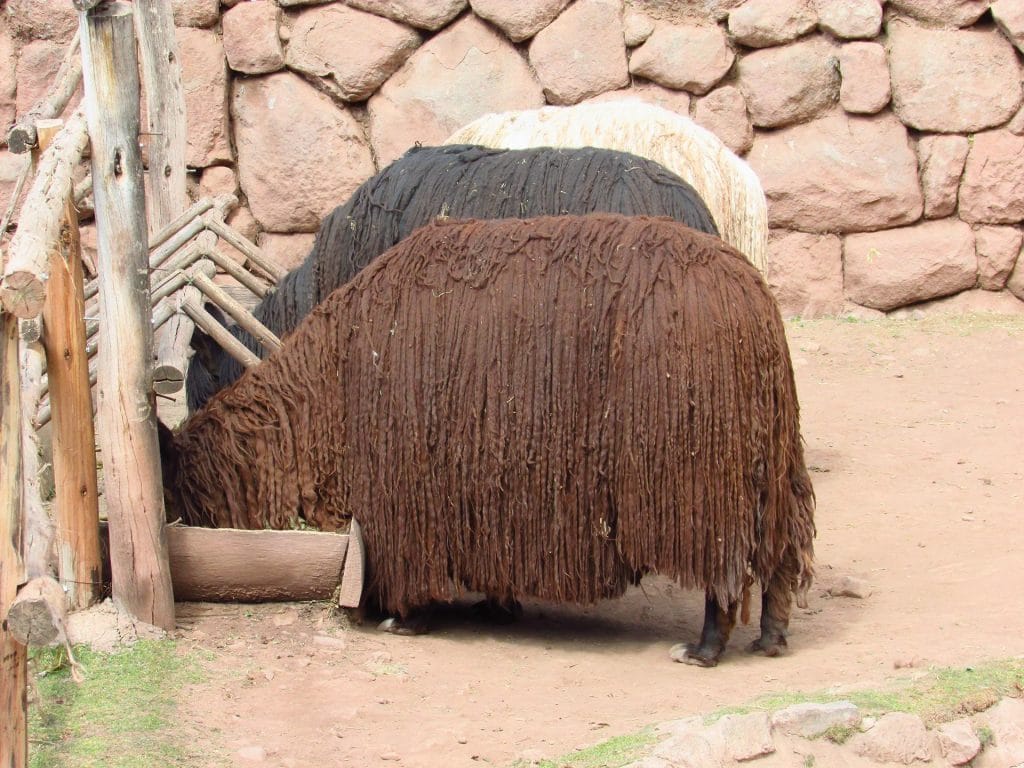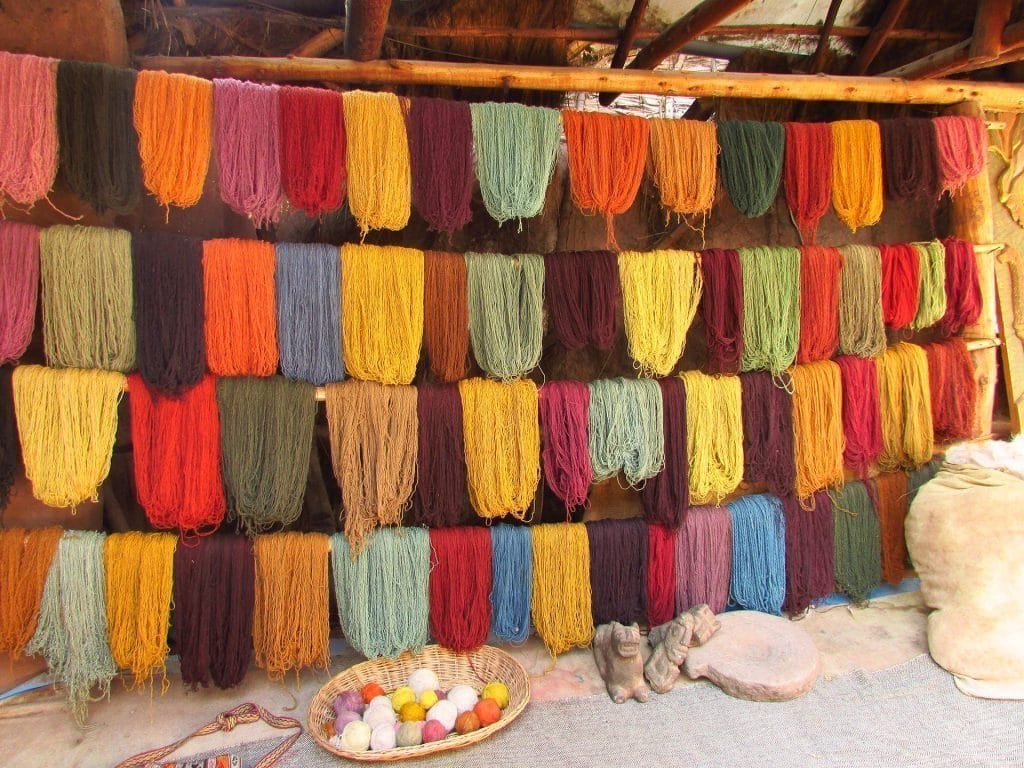Road between Cusco and Pisac, Sacred Valley
We continue our series of articles on Cusco and the Sacred Valley during our recent visit to southern Peru. I remind you that the distances are enormous in Peru- by bus from Chachapoyas in Northern Peru to Cusco.
Today the passage between Cusco and Pisac, which really is worth it. Count at least half a day to do it!
The blog section of Phima Voyages is a mine of information on places to visit in Northern Peru. Do not miss the publication of our articles and to have our Free Guide of the 10 places to visit in the North of Peru. Click here.
We leave the hotel and pass first the archaeological site of Sacsayhuaman (As our guide Richard for Free Cusco by Feet Tours had said, this is not Sexy Woman). In fact, the site is huge ! We understand much better now why the flow of visitors of the Inti Raymi took several hours to dissolve.
Traditions for your House
We are now at about 3500 m altitude, but as we don’t walk, there is no concern. We make a brief stop in the village of Edward Huallarcocha where our guide explains us the symbols that can be found on almost every roof of the house – once we know, everywhere you see just that.
There is a cross (for the Catholic religion), and right and left there are two bulls to symbolize the couple owning the house, in the middle two large ceramic pots for water and the food that is expected to arrive to the house. And on the top of that, a rooster – to remind the new couple that they have to get up early and not to be lazy. In general, a priest blesses all the new houses a few weeks after the end of their construction.
Sanctuary of endangered animals
Another memorable stop is the Puca Pucara, the sanctuary of endangered animals in the sacred valley. It contains condors, pumas, small Andean felines, but also vicuna, alpacas and even turtles. The entrance is 10 soles per adult and includes a guided tour.
We learn that the Condors can live 60 – 70 years. It is only at the age of 10 years ago that they get their bicolor (black and white). Before, the young are back / brown. We distinguish the male from the female because of the crest on the head. The condors are scavengers, as are their cousins, the vultures. They do not hunt, but feed on dead house animals or small dead wild animals. Condor adults eat between 3 to 4 kg of meat per day!
Our next step is AsFrainpp, an association of Artesania in Ccorao in the Sacred Valley – a tourist trap that we leave quickly.
Awanacancha Museum
We continue a few kilometres and arrive in the Awanacancha Museum, still in the Sacred Valley, where Harold welcomes us. The word Awanacancha is Quechua and means “the place where we weave”. The place is very nice, explains the origin of the camelid and their relationship with camels / dromedaries in Asia / Africa. As the lamas adapted to the Andean habitat, they lost the protuberances. In fact, there is enough water in South America. The lamas descend from the vicuñas, and the alpacas from the guanacos. Each sample has two types, one with longer bristles and the other one with shorter ones.
We also know that when we talk about baby alpaca wool, it is not really a baby, but little ones, about 2 years. Alpaca baby wool is the first cut.
The most expensive wool in the world is not of Alpacas, but ultimatey, the wool of vicuñas ! Why ? Because they give only 200-300 grams of wool each time. (In addition vicuñas normally live at freedom 4- 5 000 m above sea level and are not domesticated).
After visiting the museum, we will discover the exterior – and precisely meet the protagonists of the museum. They are found in all colours, even babies of two weeks. There is one black. Harold explains that the little black baby alpacas, were extremely popular for sacrifices to the Pachamama. Oops. Why black? Because black attracts the sun and the Incas worshiped the sun God.
We feed the animals and continue through the wool section. There are more than 30 different natural colours of wool (between beige and black). With a dozen other natural materials like indigo, walnut leaves or cochineal, a hundred other colours are made. In fact, each natural material, mixed with a mineral or stone, gives a different colour.
We pass in front of the women in their traditional clothes (their DNI, as Harold explains). There was a time when the inhabitants of the different villages were recognized by the comparison of the colour of their clothes and its various tissues.
Of course, at the end of our visit we end up at the store. It is magnificent! And expensive! However, the products are top quality! The museum itself is free; it works thanks to the donations.
Consult more articles :
- Visit Chachapoyas : the complete guide
- A day in Machu Picchu, from dream to reality
- I have tested for you: a culinary tour in Lima, Peru
